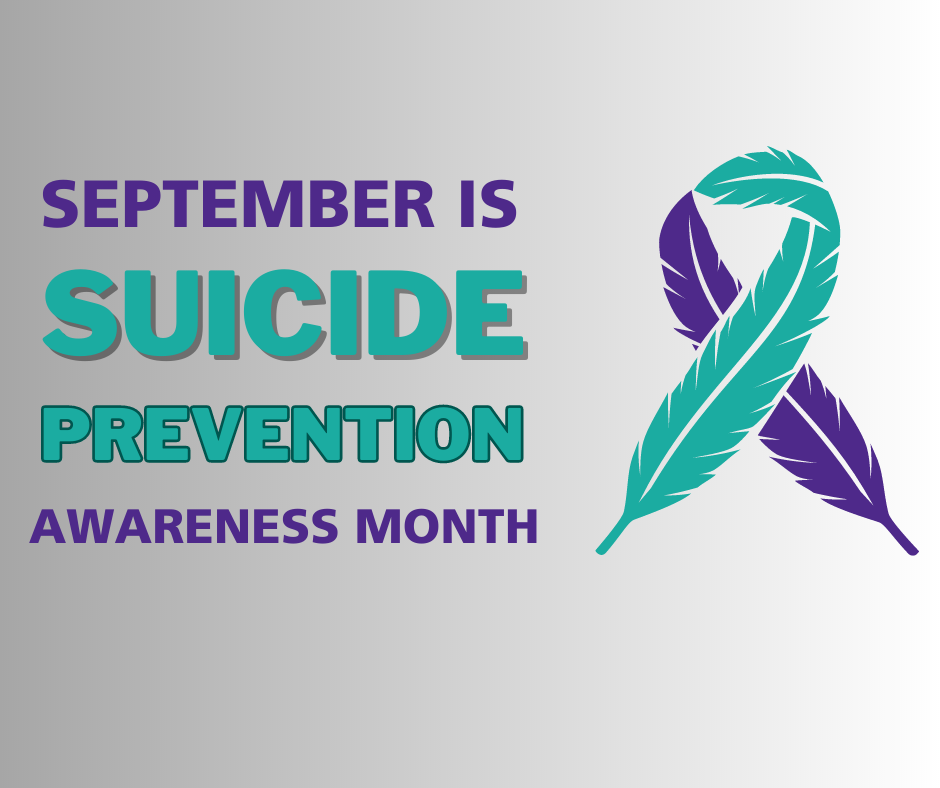
September is Suicide Prevention Awareness Month, providing us with the opportunity to learn about and recognize risk factors and warning signs of suicide, support and refer those that struggle and save lives.
Because of the stigma still associated with suicide and mental health, it is up to us as “People of Action” to lead in providing facts and debunking misinformation. We can start by encouraging people to say “died” by suicide instead of “committed” suicide due to negative connotations. We can also promote awareness of the “988” Crisis and Suicide Prevention Lifeline available 24/7.
Rotary International President Gordon McInally has felt the pain of losing his brother to suicide and has asked that Rotarians focus on support for mental health, suicide prevention, elimination of stigma and sharing of resources over this next year.
Suicide is a complex global health issue with over 800,000 deaths each year. In 2021, 48,183 individuals died by suicide in the US and 4,193 people died by suicide in Texas. Approximately 1.7 million adults attempted suicide. Local suicide deaths include 119 in Denton County (2022). From January – June 2022, there were 63 in Collin, 146 in Tarrant and 146 in Dallas counties. Members of minority groups, Veterans, rural residents and retirees are at greater risk of suicide than the general population.
People “die by suicide” due to a combination of internal and external factors and stressors which generate chemical interactions in the body which exceed the current coping skills of an individual. There is no single cause for suicide. It is like a “brain attack.” The individual often does not recognize the issue in themselves because the brain is involved which is why it is important for us to be aware of signs so that we can reach out to that person.
Risk factors are characteristics or conditions that can increase the chance a person will die by suicide. Examples include brain development related to age, presence and treatment of mental health conditions, head injuries, body chemistry (related to sleep, diet, exercise, stress), previous suicide attempts, childhood abuse, sexual trauma, family history of suicide, combat stress, “cutting,” access to lethal means, and prolonged stress due to life events.
Warning signs are observable signs that signal suicide risk in the near future. Examples include talking about ending their lives, feeling like a burden to others or having no purpose in life, wanting relief from unbearable pain, feeling trapped in situations, sleeping too much or too little, isolating from people, withdrawing from activities they normally enjoy, giving away prized possessions, changes in mood.
If you notice that someone is displaying signs of mental distress or warning signs of suicide, start a conversation. Express caring and concern. Ask questions and listen nonjudgmentally. Help find appropriate resources and support as needed.
It is OK to ask the question “Are you thinking about suicide?” If the answer is “yes,” contact the Crisis & Suicide Prevention Lifeline via phone or text at “988” to receive guidance and direct assistance.